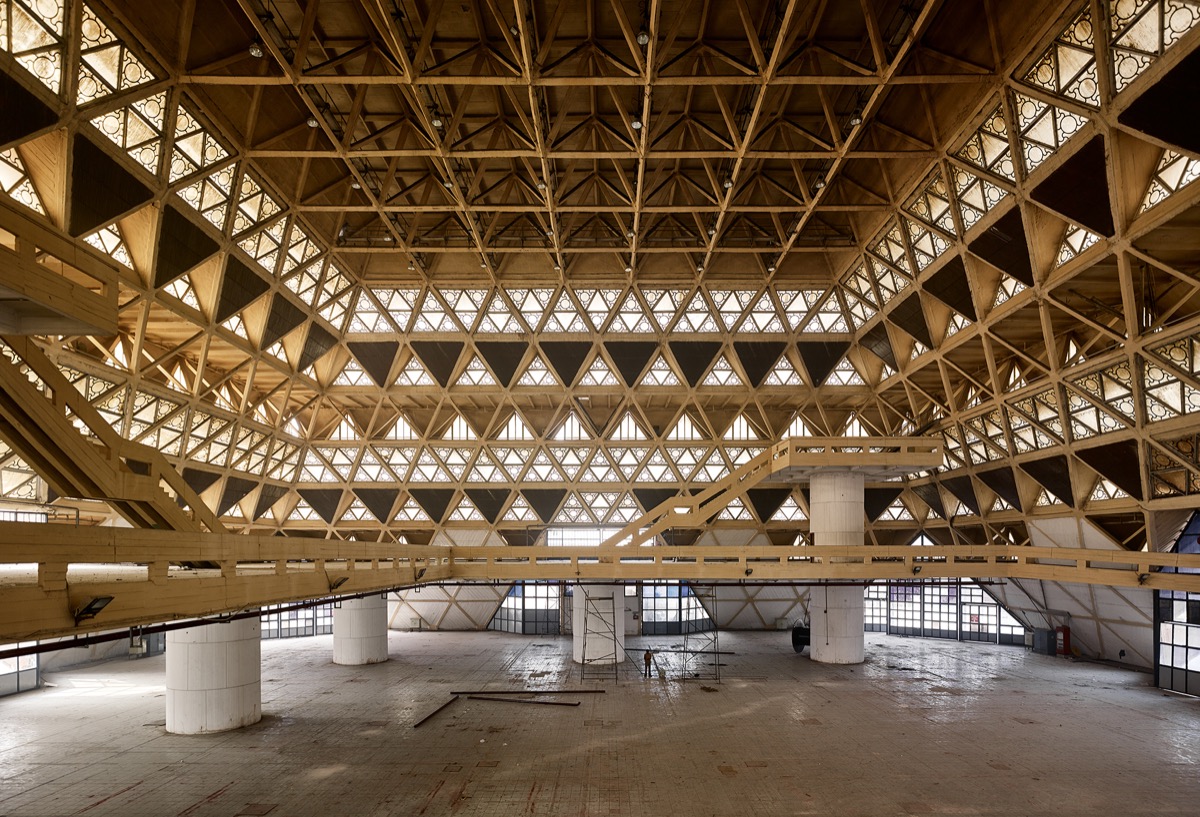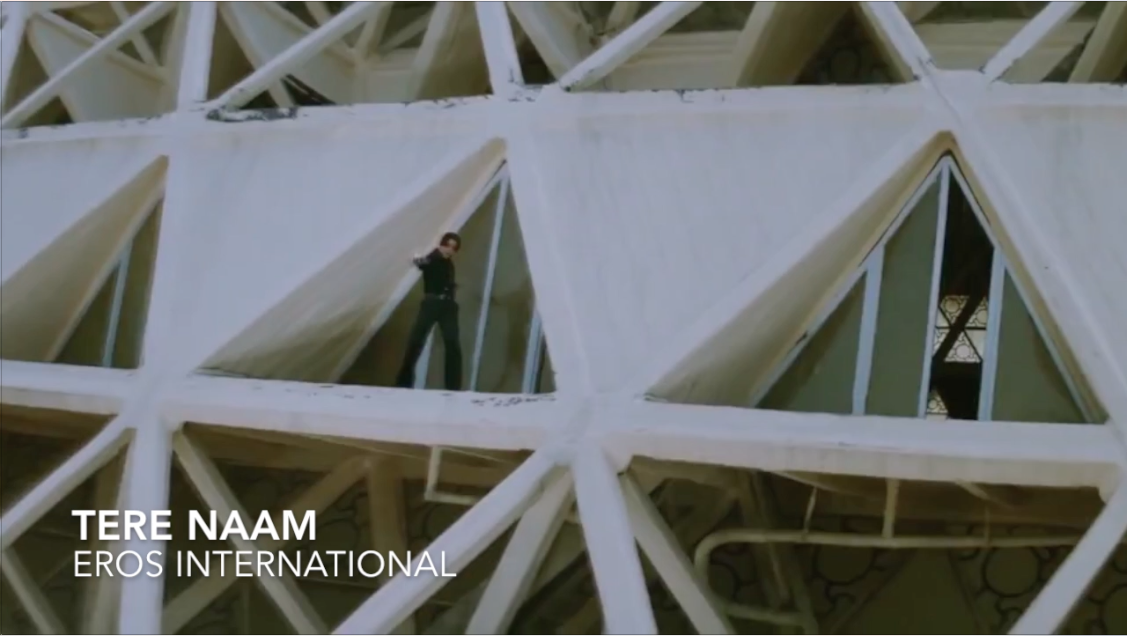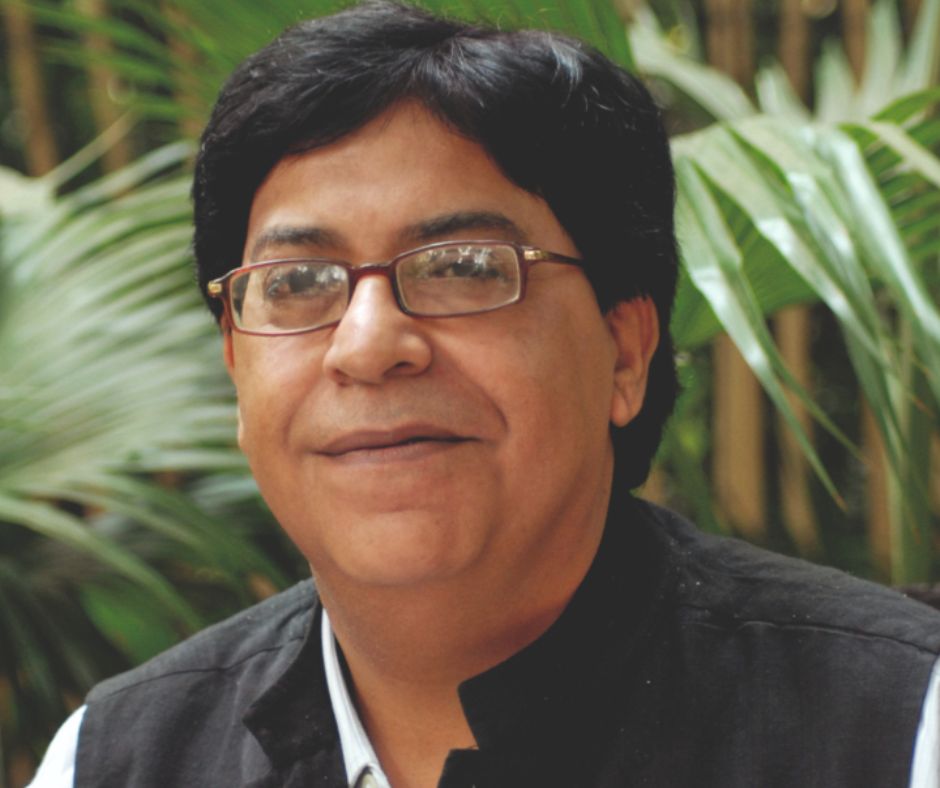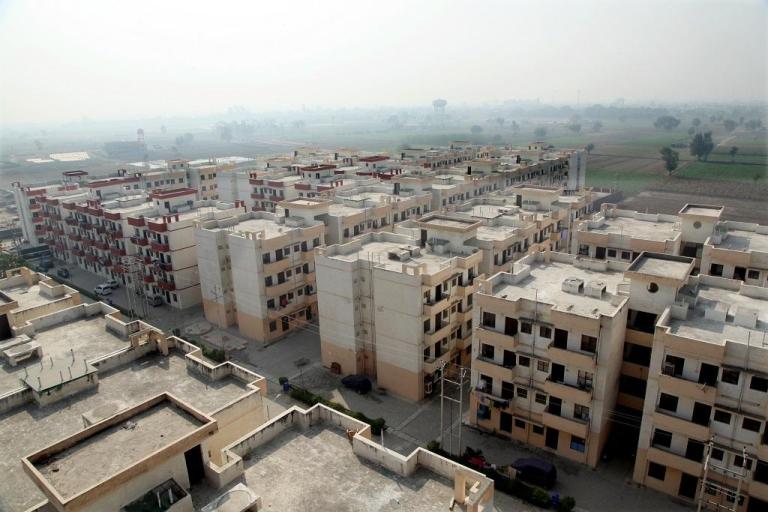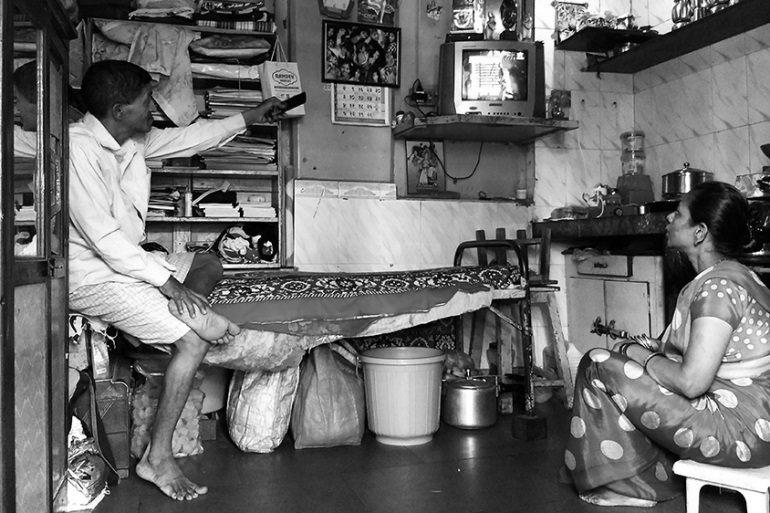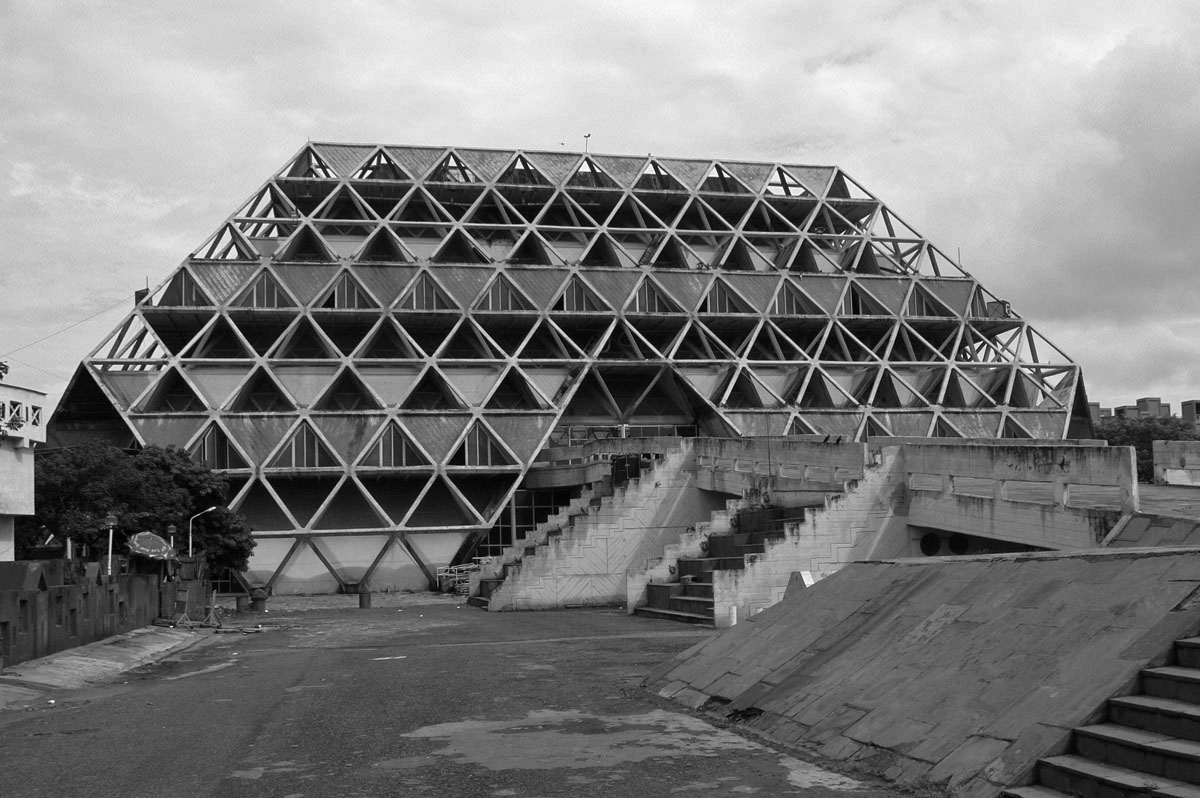
With the demolition of the Hall of Nations, New Delhi lost a part of itself on Sunday, the 23rd of April 2017.
Both erasure and inscription are equal instruments in the production of culture. Both are tools through which the rich and the powerful inflict their will on a landscape. Erasure and inscription are the vehicles through which we communicate what is important to us, in its absence and in its presence.
The demolition of the Hall of Nations sounded the death knell for an idea of India that had its roots in the ideals of the freedom struggle. Our fight against an authoritarian colonial power was rewarded with independence in 1947. The embracing of technology – of art and science as tools in a democratic project, the vehicles for a nations’ development – was manifested (and continues to be) in both public policy and material form in the decades following independence.

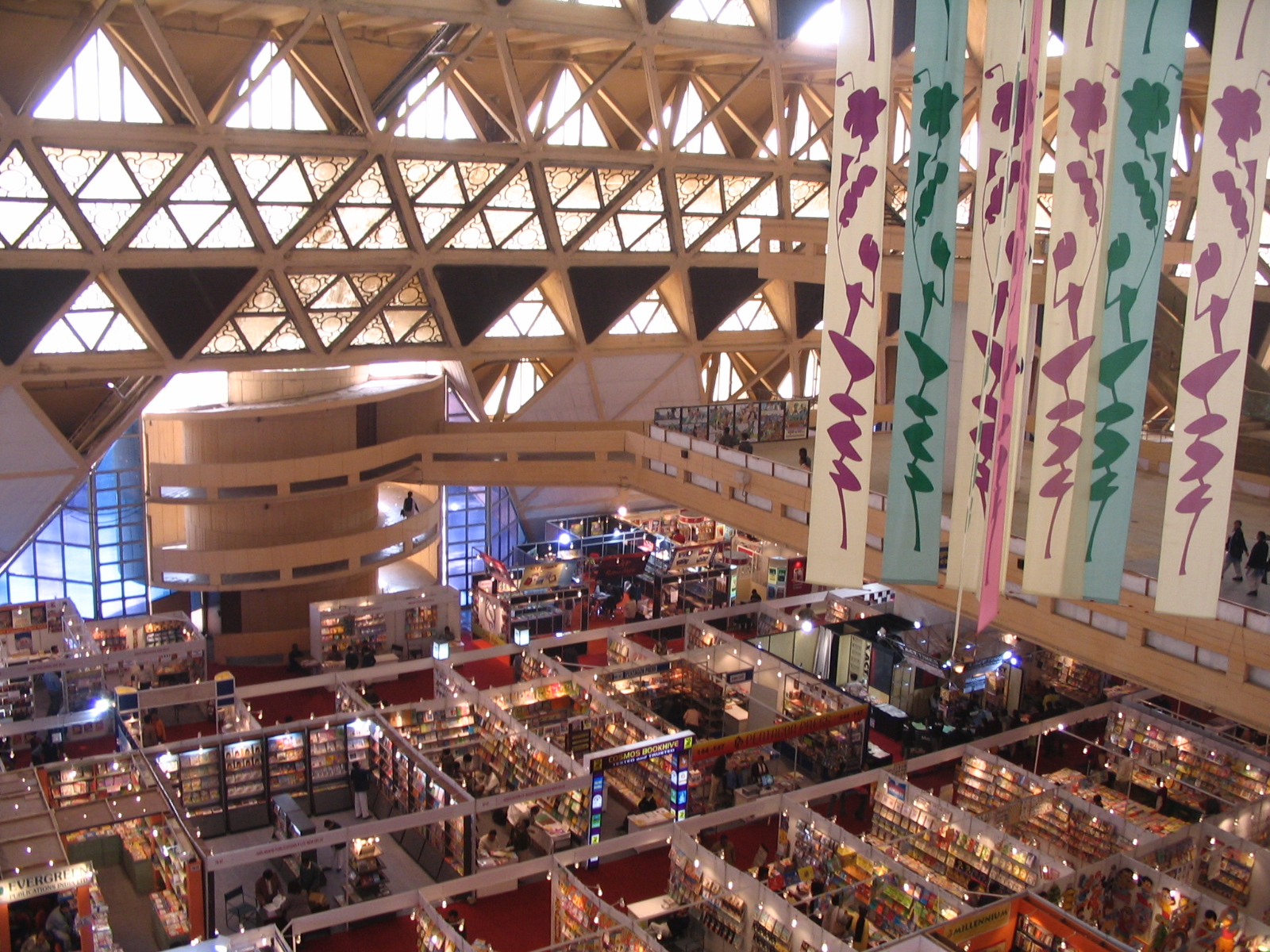
The loss of these structures is our collective loss.
As cultural artifacts, we lost a vital link to our past. Future generations will be poorer in their understanding of the development of post-colonial India because key representations of it have been obliterated. As a physical manifestation of how we imagined ourselves as a new nation, the structures represented the ideas and ideals of modern India.
They were structures that India embraced lovingly.
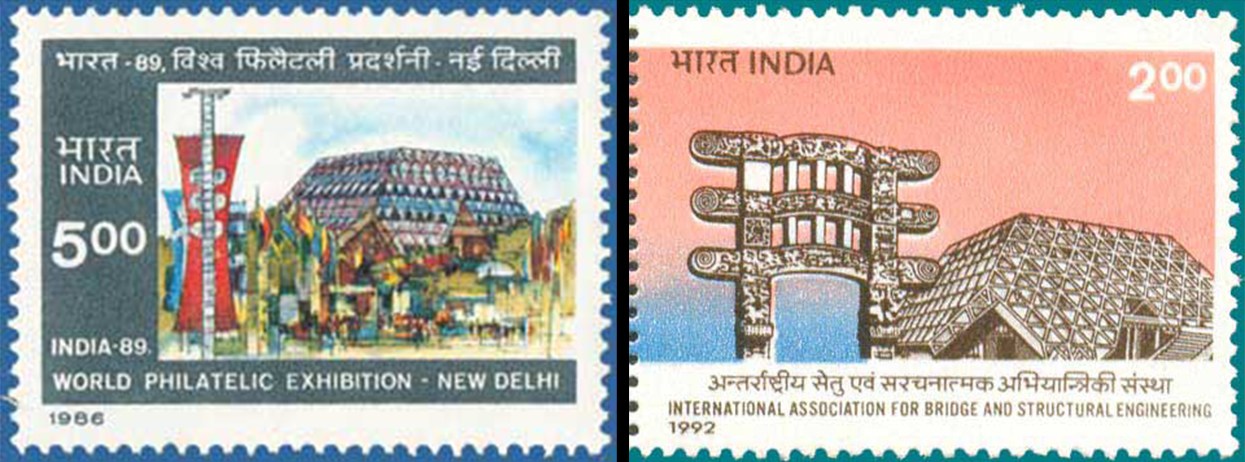
Their images were printed on postal stamps, they were featured in movies, and important trade fairs were hosted in them – partly to demonstrate our technical and architectural prowess to the world. As large span, cast-in-place concrete structures, there were few – if any – other precedents to be found elsewhere. The architect, Raj Rewal, and the engineer, Mahendra Raj, demonstrated that even in the late sixties and early seventies it was possible to be Indian, build Indian and be the state of the art. The structures were highly acclaimed and loved by people from the world over.
As buildings commissioned by the then Prime Minister Indira Gandhi, these sought to commemorate in 1972 twenty-five years of India’s Independence. They served to stand as a monument, a symbol of a new India defining its place in the world.
It was arguably our coming of age moment.
On the night of April 23, 2017, that monument was demolished by the state to make way for a new convention center in what is probably the greatest act of state sponsored sedition in living memory.
Both erasure and inscription are equal instruments in the production of culture. In the footprints of the Hall of Nations, will the phoenix rise or will it be overshadowed by the ghost of the past?
Endnote:
“The old order changeth yielding place to new And God fulfills himself in many ways Lest one good custom should corrupt the world. Comfort thyself: what comfort is in me I have lived my life and that which I have done May he within himself make pure but thou If thou shouldst never see my face again Pray for my soul. More things are wrought by prayer than this world dreams of.”
Alfred Lord Tennyson,
Idylls of the King.
Author Bio
 Rahoul B. Singh is a New Delhi based architect, writer and curator. He is deeply interested in and committed to the quality of the built environment and runs a design practice along with Lakshmi Chand Singh, www.rldastudio.com.
Rahoul B. Singh is a New Delhi based architect, writer and curator. He is deeply interested in and committed to the quality of the built environment and runs a design practice along with Lakshmi Chand Singh, www.rldastudio.com.
